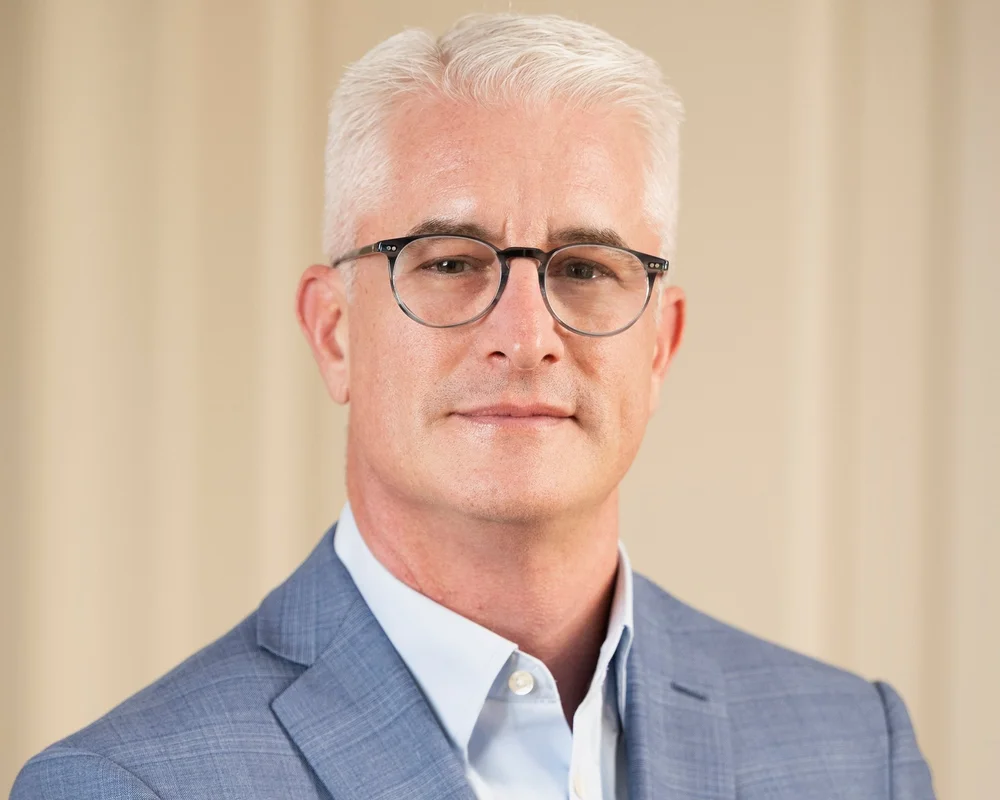Next week it will be March at last, and perhaps we’ll even see some snow actually melt. In the meantime, here is a quick look at a bunch of items from this week — assuming of course that Title II doesn’t cause an immediate end to the world. News from two global networks, one CDN, and three vendors are on tap:
GTT’s growing focus on cloud connectivity bore some interesting fruit this week. BroadSoft has picked their global backbone to extend its cloud-based UC services in both Europe and the USA. BroadSoft has been moving beyond software licensing and into a cloud services model, and GTT’s Ethernet and IP reach will certainly help them hook up to the service provider clients they hope to win over.
Hurricane Electric continues to add nodes to its network as it organically expands its worldwide reach. They’ve now added a sixth German PoP, hooking up the Incolocate/GlobalConnect data center in Hamburg. Global Connect operates both colo and dark fiber in the region, and is one of those pieces that a consolidator of European assets would surely look at if it were available.
NTT has picked up a multinational client for its ICT services. They’ve built a backbone and IT infrastructure for Santen Pharmaceutical, a specialist in opthalmic solutions (prescription drugs for eye health, yes I had to look that up). While Santen focuses on Japan, it has subsidiaries in 18 countries and some big global ambitions. To get there, they tapped NTT for their network, hybrid cloud, business continuity, and a multilingual help desk.
Akamai has partnered with Solid State Networks. The two will work together to create a platform for game deployment, building content delivery into the gaming workflow. So much of gaming today is dependent on networking, it’s a bit amazing it isn’t already crashing the infrastructure more.
Ciena launched some key new solutions this week. With two new WaveLogic3 chips with regional and metro applications, an architecture aimed at the metro, and some new switches built for mobile backhaul and small cell, they are clearly looking at boosting their solutions out at the edge.
CENX revealed strong growth in 2014 after re-inventing itself as a software & services provider and launching their Cortx service orchestration suite. They saw 500% growth in revenue in 2014 and have big deployments in the field with two of the US’s four main mobile operators. And they now have some new funding, having completed an additional round of financing that includes private equity guys like Highland Capital and Mesirow Financial but also Ericsson and Verizon Ventures.
And the upstart DWDM provider XKL says it has been gaining traction with DWDM appliances. And they’ve now released one specifically for the enterprise, which packs big capacity into 1RU with easy installation and upgrades. I don’t know much about XKL yet, but I’m sure more will be coming.
If you haven't already, please take our Reader Survey! Just 3 questions to help us better understand who is reading Telecom Ramblings so we can serve you better!
Categories: Cloud Computing · Internet Backbones · Software · Telecom Equipment · Unified Communications






Discuss this Post